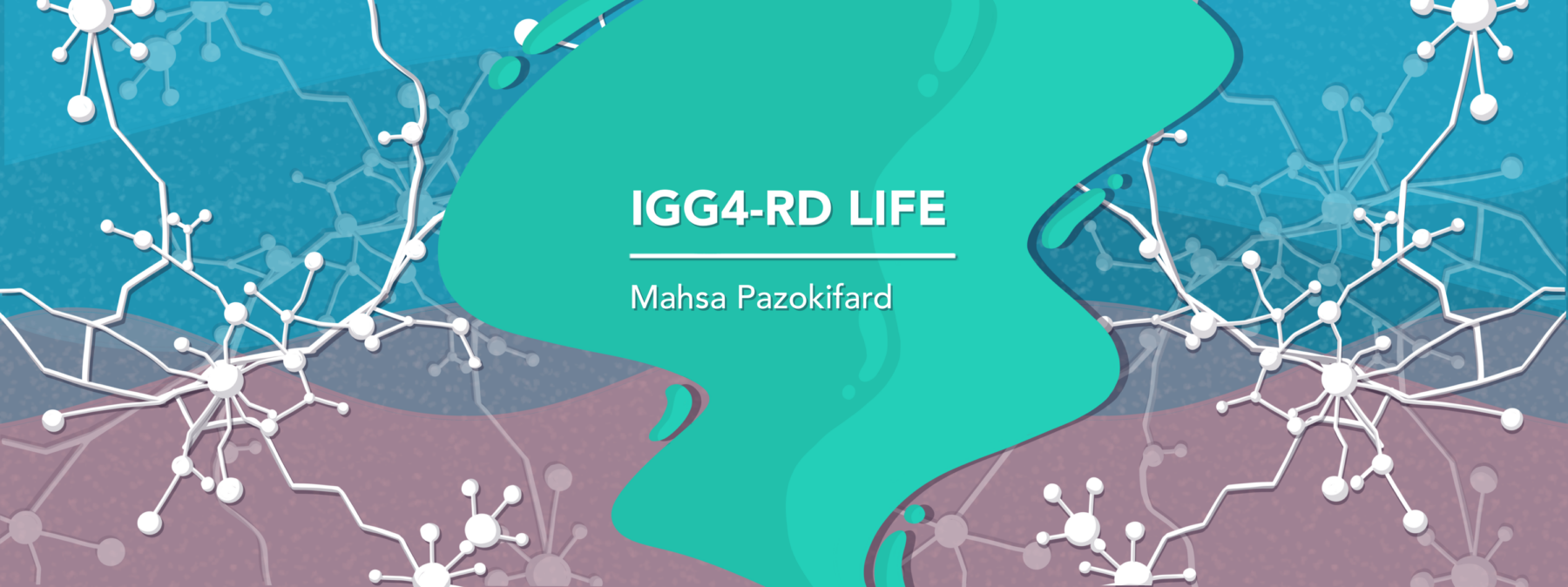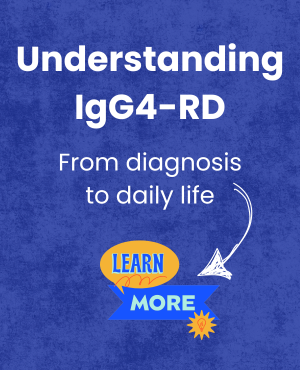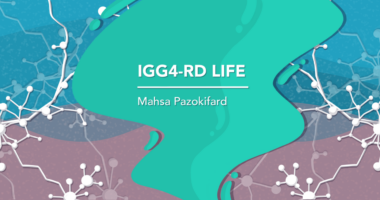Beyond the diagnosis, our IgG4-RD battle is just getting underway
Since learning the name for my disease, I've faced frustrations and fears

We often talk about the relief and hope we feel once we finally have a proper IgG4-RD diagnosis, and thus a name for our collection of symptoms. But we rarely talk about the battle that’s yet to come.
When we learn we have IgG4-RD, we also learn that while there’s no cure, there are treatments. Phew! OK! How exciting is that? After years of struggling, there seems to be a clear path ahead and we can finally begin to feel better.
But it’s more involved than that, and I believe my experience with this process is pretty common.
I went home after my diagnosis, anxiously awaiting the call to schedule my infusions of rituximab (often known by the brand name Rituxan). A week went by, two weeks, and then three. Panic set in, and I thought, “What’s happening? Why am I not receiving treatments?” My body was degrading by the minute, and my mental condition started to spiral downward.
Most with this disease know that the problems take off from there. If we’re lucky enough to have a doctor who cares and orders infusions for us, then we’re lucky to be two steps ahead of the average IgG4-RD patient.
Next comes the insurance company, who in my experience will often deny the treatment request, leading our doctors to make an appeal. After a few rounds of back and forth, the insurance company’s doctor will agree to speak with our ordering physician. Our physician then has to convince the insurance doctor that we absolutely need this infusion.
Typically, we’ll only get a specific number of infusions approved annually, though each case varies. The copays for them tend to be high for most of us, so we apply for copay assistance programs to help cover the remainder of the costs.
Also typically, this entire approval process must be repeated each year as long as we take the treatment. What a headache!
Abrupt medical changes
And that’s just for one of our treatments. We often have to battle with insurance companies for other approvals, such as blood work, scans, biopsies, and more, so we can be prescribed other treatments. We often have to deal with denials for these as well, and if appeals don’t work, we face abrupt changes in medication.
Another unfortunate struggle, unrelated to insurance, can begin if our ordering physician decides to halt our treatments for varying reasons. In some cases, we have to make the difficult decision to change physicians. Finding a doctor who’ll be willing to accept our existing diagnosis and treatment plan is like finding a needle in a haystack. The stress of it all can be overwhelming. And if we don’t receive the appropriate treatment in time, managing our symptoms becomes more difficult.
These roadblocks can seem never-ending for us chronic and rare disease patients. We require continual care, which includes recurrent checkups and scans. Remember that feeling of relief and hope I mentioned earlier? We lose it every now and then and have to get ourselves back on track.
An ongoing battle
I may be feeling better than when I started, but I still have regular struggles, more than I’d like to admit. The number of meltdowns I have, and the isolation I sometimes feel, can be overwhelming and difficult. That’s why I take my mental health seriously and regularly speak with my therapist. It’s such an important tool because it can lead us to coping mechanisms and better perspectives on our new way of life.
You’ll notice that across the board, I’ll preach about self-advocacy and vigilance about our health and care. What I haven’t mentioned is how exhausting it all is — mentally, emotionally, and physically. There’s all the phone calls, all the scheduling and rescheduling, all the explanations of what my disease is. It’s all just way too much at times. Then, there are times when I’ll make it to my appointment, only to be referred for another round of testing and scanning, which throws me back in that vicious cycle of scheduling, calling, and fighting for our care.
And let’s not forget that many of us are doing all of these things while having to work to afford a living, while being riddled with pain and other chronic symptoms.
It isn’t easy, but with time, it does become easier to manage. We can learn to say no when we’ve run out of spoons, for instance, and incorporate rest and nap time when we’re able. After all, our bodies conduct their most healing magic during the rest and sleep periods.
My IgG4-RD journey has taught me to give myself grace and love through a new perspective. It’s taught me how to live with the new limitations my body has. As my journey goes on, I’ll continue to remind myself of the beauty that can come with this IgG4-RD journey.
Note: IgG4-RD News is strictly a news and information website about the disease. It does not provide medical advice, diagnosis, or treatment. This content is not intended to be a substitute for professional medical advice, diagnosis, or treatment. Always seek the advice of your physician or other qualified health provider with any questions you may have regarding a medical condition. Never disregard professional medical advice or delay in seeking it because of something you have read on this website. The opinions expressed in this column are not those of IgG4-RD News or its parent company, Bionews, and are intended to spark discussion about issues pertaining to liver disease.







